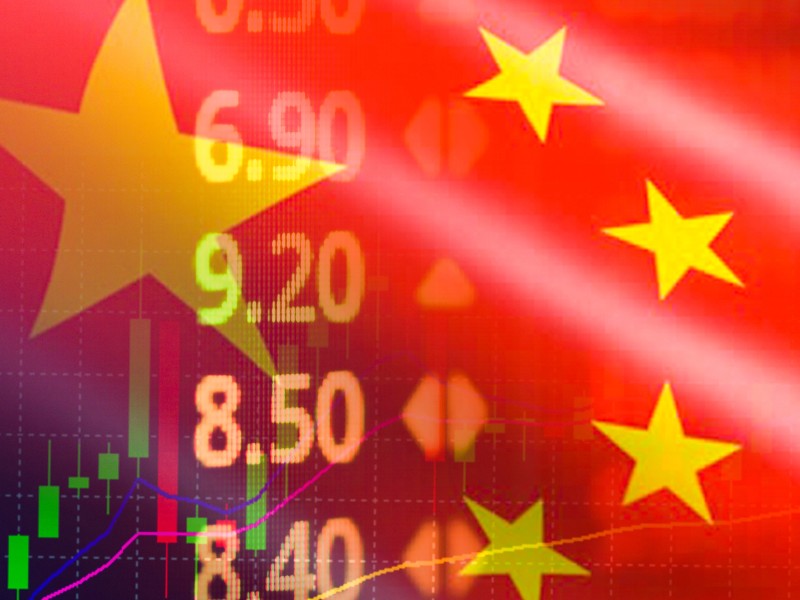

The recent publication of the U.S.-China trade deal and the final macroeconomic numbers for 2019 should set the stage for healthy economic performance and stronger market sentiment in China in 2020. But the risk of a return to tense relations between Washington and Beijing looms over 2021 and beyond.
President Donald Trump appears to believe that declaring victory over China will boost his re-election prospects and it seems that Chinese president Xi Jinping is willing to cooperate. There are no signs, however, that the Trump administration will scale back its willingness to confront Xi on a range of issues, especially those related to technology competition. The resulting political tension, as well as the deal’s unrealistically high purchasing targets, could break the truce in 2021.
The trade deal will likely accomplish Trump’s main objective: creating the appearance of an important accomplishment as the election approaches. But, in my opinion, the deal did not create effective new solutions to most of the trade-related problems cited when the tariffs were launched.
On intellectual property issues, a Trump administration priority, the deal accomplishes little. Many specific steps in the agreement were previously announced by Beijing and the new steps are incremental. Most importantly, the agreement does not require China to make legal and structural changes needed to ensure compliance. There also were no significant new commitments on exchange-rate management or industrial policy.
Chad Brown, of the Peterson Institute for International Economics, pointed out in an article on the organization’s website in December that even after the phase-one deal, tariffs will still be in place for almost two-thirds of U.S. imports from China. He also noted that the average U.S. tariffs on imports from China will be 19.3 percent, up from three percent before the start of the trade dispute.
There are important positive consequences of the deal. I think Trump wants the deal to succeed to boost his re-election prospects—and Beijing seems willing to cooperate—so the trade truce is likely to hold at least through November. By significantly reducing the risk of the tariff dispute escalating into a full-blown trade war, the deal is likely to boost sentiment among Chinese companies and global equity and bond investors who are thinking about increasing their China exposure.
Two things could derail the trade truce next year. First, there are as yet no signs that the Trump administration will scale back its campaign to confront Xi on a broad range of issues, especially those related to technology competition.
My second concern is that the deal calls for what I believe are unrealistically large increases in Chinese imports from the U.S. According to the terms of the deal, in 2020, China’s overall imports from the U.S. should increase by 50 per cent over the 2017 baseline, and then increase by another 20 per cent year-over-year in 2021, for a total two-year increase of US$200 billion.
There is, of course, room for the Trump administration to play with the numbers. The text of the deal states, for example, that aircraft orders as well as deliveries will count toward the Chinese commitment, so Beijing could sign a lot of contracts for possible later delivery to inflate the numbers.
This trade deal will only work if both governments cooperate. And if, after the election, the Trump (or a different) administration also wants it to work.
